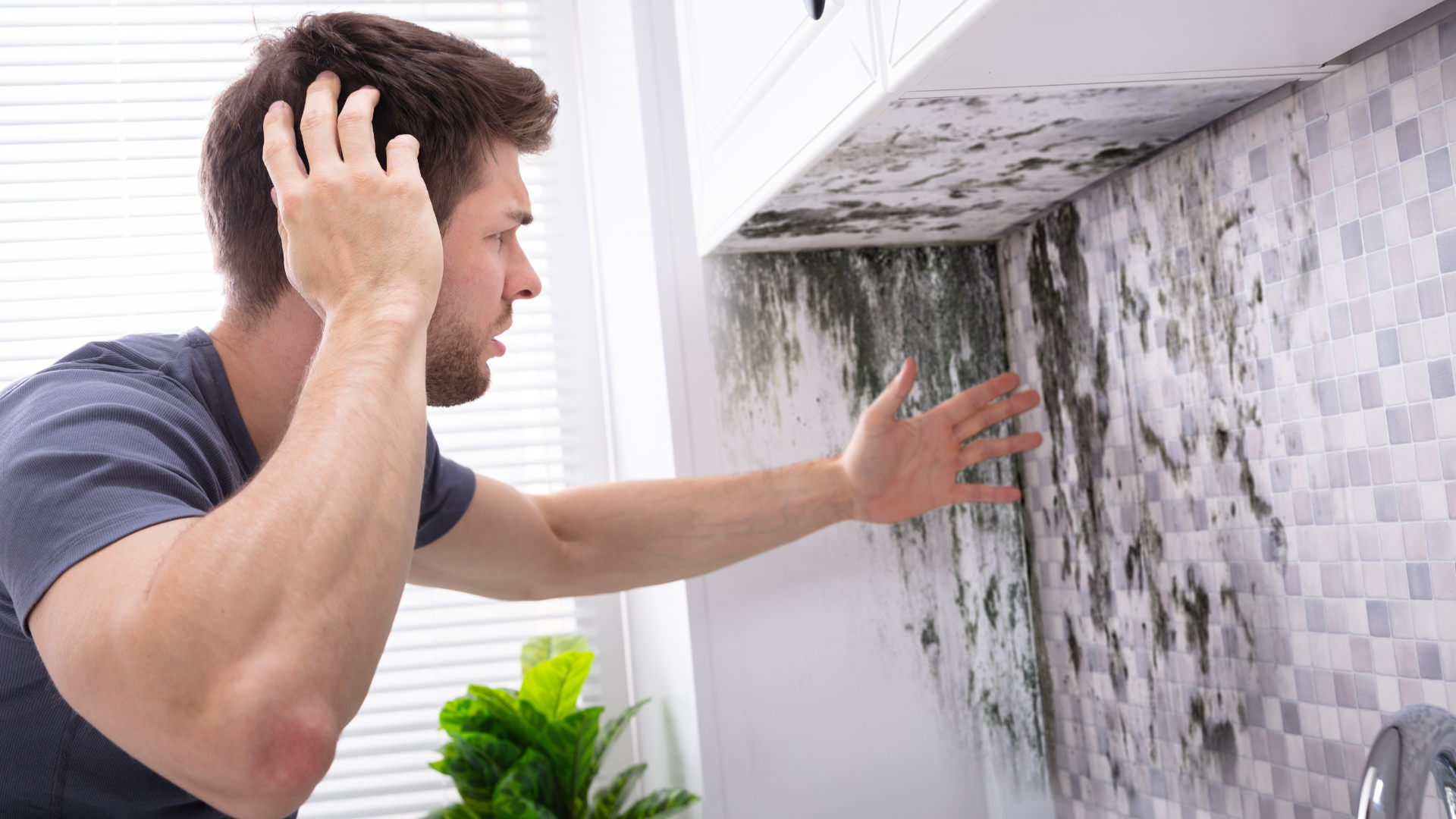Asbestos in Buildings: Understanding the Risks and Safe Removal Practices
Asbestos, once a staple in construction for its remarkable heat and fire resistance, is now recognized for its significant health hazards. This blog delves into the complexities of asbestos in buildings, highlighting the importance of identifying and safely removing it to protect public health.
The History of Asbestos in Construction
Asbestos was a popular building material from the 1940s to the 1970s. Its use spanned various applications, from insulation and roofing to floor tiles and pipe wrappings. However, by the late 20th century, the severe health risks associated with asbestos exposure became undeniable, leading to its phased-out use and strict regulations on its removal.
Understanding Asbestos and Its Uses
- Types of Asbestos: The term 'asbestos' actually refers to a group of six naturally occurring fibrous minerals, each with distinct properties and uses in construction.
- Common Asbestos-Containing Materials: Beyond insulation and tiles, asbestos was also used in cement, plaster, some forms of paint, and even in certain types of window caulking and glazing.
Health Risks of Asbestos
- Asbestosis: A chronic lung disease caused by inhaling asbestos fibers, leading to scarring of lung tissue.
- Lung Cancer: A heightened risk of developing lung cancer is linked to prolonged exposure to asbestos.
- Mesothelioma: A rare and aggressive cancer primarily affecting the lining of the lungs or abdomen, almost exclusively caused by asbestos exposure.
Identifying Asbestos in Your Building
- Asbestos is notoriously difficult to identify visually, as it was often mixed with other materials.
- Buildings constructed or renovated before the 1980s are particularly at risk of containing asbestos.
- Professional asbestos surveys are crucial for accurate identification, especially prior to renovation or demolition projects.
Safe Removal Practices
- Professional Assessment: Engaging certified experts to conduct comprehensive asbestos surveys.
- Understanding Legal Requirements: Familiarizing oneself with local and national regulations regarding asbestos handling and disposal.
- Choosing Qualified Professionals: Selecting licensed asbestos removal specialists with a proven track record.
- Ensuring Safety Precautions: Removal technicians must use appropriate safety gear and follow strict procedures to prevent asbestos fiber release and ensure safe disposal.
The Role of Regulations and Compliance
- Regulatory Frameworks: Different countries and regions have varying regulations governing asbestos management, emphasizing the importance of understanding and complying with these rules.
- Responsibility of Building Owners: Owners of older buildings should be particularly mindful of their responsibilities under these laws.
The presence of asbestos in buildings poses a serious health risk, necessitating a cautious and informed approach to its management. Understanding the history of asbestos use, recognizing the health risks, and adhering to safe removal practices are essential steps in ensuring a safe living or working environment. Whether you are a homeowner, a business owner, or a property manager, being knowledgeable and vigilant about asbestos is a key responsibility.





